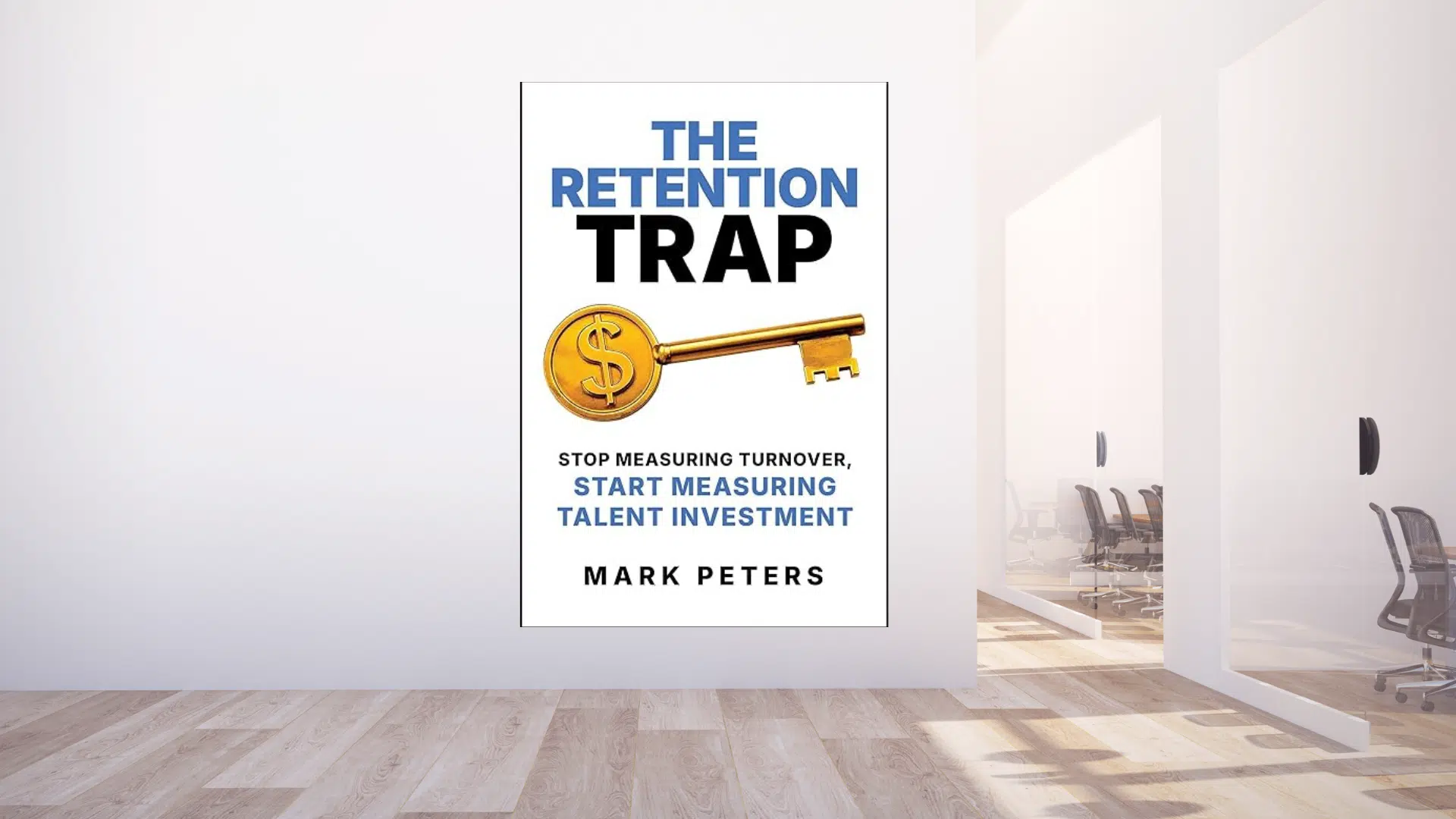
Why Middle Managers Need More Support
One of the real difficulties for HR leaders is the fact that the metrics that measure their success—retention, turnover, employee satisfaction—are largely out of their control.
The old adage is true: people quit managers, not jobs. A 2019 study from DDI found that 57% of employees quit because of their manager, and another 32% had considered doing so.
That means almost 90% of the workforce surveyed had had a management experience that caused them to quit or led them to consider leaving a role.
The same group conducted a study in 2025 that found that trust in immediate managers is now at a low of 29% (down 37% since 2022). The study also found that high-performing individual contributors are now 3.7x more likely to leave a job than they were 5 years ago if their manager doesn’t offer them development and growth opportunities.
So what’s going on with management? Why do so many employees struggle to trust their immediate bosses—and what can HR do to support employees and build retention?
Management Issues
We’ve all had a boss we didn’t mesh with; sometimes it’s just a mismatch of personalities or working styles.
But today, a full 71% of the workforce don’t trust their immediate manager. Something is happening that’s bigger than an individual personality difference.
Here are some of the top reasons managers have lost employee trust:
- Lack of leadership skills: Most managers come into a management position through exceptional performance as an individual contributor. However, management positions often require a different skill set than the one they honed as an IC. Managers are expected to excel interpersonally and understand how to motivate, lead, and coach their teams to success, yet few have had training on how to do this.
- Stress: Managers are stressed, too. As the pace of work increases, they’re seeing their task list grow longer and longer. Unfortunately, stress can have a “trickle down” effect—a stressed boss can easily pass their stress on to their team. Managers who insist that every task is “urgent” or who struggle to communicate priorities due to stress leave their employees feeling burnt out and unappreciated.
- Ego: Some managers, especially if they’ve been successful, start to believe that it’s their way or the highway. They might refuse to hear new ideas or develop processes and workflows that would support the team. Ironically, teams searching for more efficient ways to work often find management standing in their way! Employees are likely to seek other opportunities if they feel their manager is making it harder for them to do their job.
While HR leaders can’t force management to adopt behaviors to improve retention, they can use their soft power to guide them toward better leadership practices, help them explore stress reduction techniques, and advocate for employee wishes.
How HR leaders can Impact Managers
In most cases, HRs don’t have a lot of direct authority over managers. However, there are other ways they can influence management.
- Training: New managers need guidance. They need tailored, specific, programs that teach them how to lead and manage a team. HRs can provide training to fill manager skills gaps. If no such program exists internally, outsource and find external programs that offer management courses. If you have the authority to make this training mandatory for all new managers, do so. When implementing training, it’s important that it’s useful. No one wants to sit through a mandatory training that doesn’t speak to the reality of their lives. Survey your managers and ask: what’s one thing that would make your job easier? What’s a skill you want to develop? Look through your exit interviews and see if any common themes jump out—is there a lack of project management skill? A need to improve communication?Once you’ve identified the key areas for growth in your organization, build or find training that can support the creation and development of those skills. You might also find it helpful to provide new managers with a managerial toolkit. This could be something as simple as a printed-out booklet or e-book that provides guidance around common issues, shares case studies, and models success.
- Audits: Do some soul searching. If people are leaving your organization, there may be some common themes.
- Pay: Is your organization paying employees a competitive market rate? Is there a process for giving raises and promotions, and is it being followed? Often when an employee leaves, their job is simply given to someone else with no intention of backfilling the position. If that’s something that happens frequently in your organization, you should make sure that the person doing the additional work is given a raise commensurate with the additional work they’re now doing.
- Promotions: How are people promoted within your organization? Are there clear pathways for growth? Many high-performing employees are seeking opportunities to develop their skills. Providing employees with opportunities to grow, develop, and move up in the organization can keep them engaged. Make sure these pathways to promotion are clearly defined so employees can track their performance.
- Meaning: Every employee is unique. Conduct a survey to find out what matters most to your employees. You might be surprised! Do they want a certain kind of benefit, more remote work days, or educational opportunities? Taking the time to create a thorough survey can give you insights into what really matters to your employees. While you might not be able to give everyone everything they want, the perks and benefits you offer can make a huge difference for your people.
While difficult managers can significantly impact employee retention and trust, HR leaders can help bridge the gap. By focusing on training, offering tools for manager development, and regularly auditing key factors like pay, promotions, and employee satisfaction, HR can help managers become successful leaders, empowered with the skills they need to excel.
—
The information contained in this site is provided for informational purposes only, and should not be construed as legal advice on any subject matter.

Advice in Your Inbox
Join our newsletter for free bi-monthly toolkits and downloads on how to hire, support, and retain your best talent.







